| The majority of astrophysical observations are made using the electromagnetic spectrum. |
|
| Radio astronomy studies radiation with a wavelength greater than a few millimeters. |
|
| Example areas of study are radio waves, usually emitted by cold objects such as interstellar gas and dust clouds; the cosmic microwave background radiation which is the redshifted light from the Big Bang; Pulsars, which were first detected at microwave frequencies. The study of these waves requires very large radio telescopes. Infrared astronomy studies radiation with a wavelength that is too long to be visible to the naked eye but is shorter than radio waves. Infrared observations are usually made with telescopes similar to the familiar optical telescopes. Objects colder than stars (such as planets) are normally studied at infrared frequencies. |
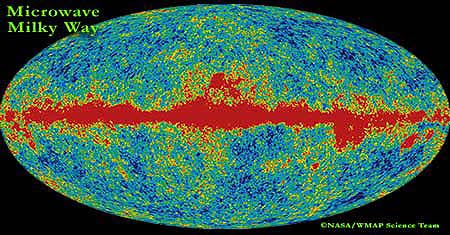 |
 |
| Microwave Background of Milky Way | Big Bang |
| Optical astronomy is the oldest kind of astronomy. Telescopes paired with a charge-coupled device or spectroscopes are the most common instruments used. The Earth's atmosphere interferes somewhat with optical observations, so adaptive optics and space telescopes are used to obtain the highest possible image quality. In this wavelength range, stars are highly visible, and many chemical spectra can be observed to study the chemical composition of stars, galaxies and nebulae. |
 |
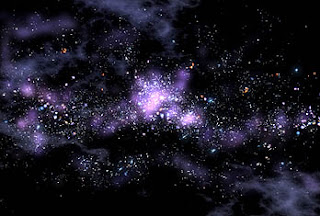 |
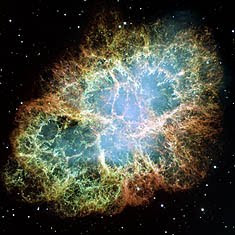 |
| Study Of Stars | Study of Galaxies | Study of Crab Nebula |
| Ultraviolet, X-ray and gamma ray astronomy study very energetic processes such as binary pulsars, black holes, magnetars, and many others. These kinds of radiation do not penetrate the Earth's atmosphere well. |
 |
 |
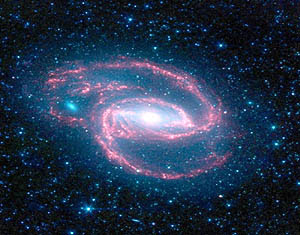 |
| Study Of Binary Pulsars | Study Of Black Holes Emitting Cosmic Rays | Study Of Magnetars |
| There are two methods in use to observe this part of the electromagnetic spectrum—space-based telescopes and ground-based imaging air Cherenkov telescopes (IACT). |
 |
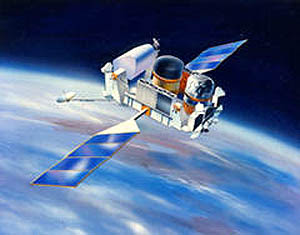 |
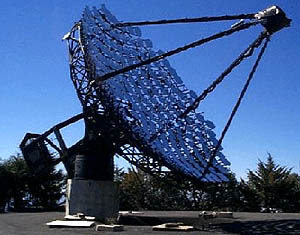 |
| Chandra X-Ray Observatory | Compton Gamma Ray Observatory | IACT - Ground-based Imaging Air Cherenkov Telescopes |
| Examples of Observatories of the first type are RXTE(Rossi X-ray Timing Explorer), the Chandra X-ray Observatory and the Compton Gamma Ray Observatory. |
 |
 |
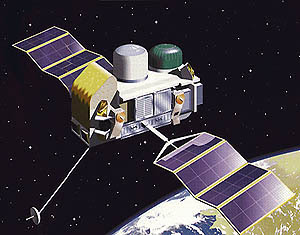 |
| RXTE - Rossi X-Ray Timing Explorer | Chandra X-Ray Observatory | Compton Gamma Ray Observatory |
| Examples of IACTs(Imaging Air Cherenkov Telescopes) are the (H.E.S.S)High Energy Stereoscopic System and the MAGIC(Major Atmospheric Gamma-ray Imaging) Telescope. |
 |
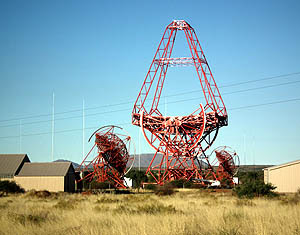 |
 |
| IACT - Ground-based Imaging Air Cherenkov Telescopes | HESS - High Energy Stereoscopic System | MAGIC - Major Atmospheric Gamma Ray Imaging Telescope |
| Other than electromagnetic radiation, few things may be observed from the Earth that originate from great distances. A few gravitational wave observatories have been constructed, but gravitational waves are extremely difficult to detect. Neutrino observatories have also been built, primarily to study our Sun. Cosmic rays consisting of very high energy particles can be observed hitting the Earth's atmosphere. |
 |
 |
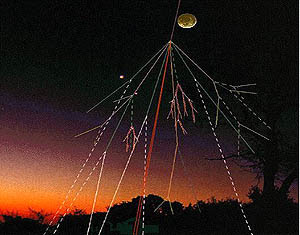 |
| LIGO - The Laser Interferometer Gravitational Wave Observatory | SNO - Sudbury Neutrino Observatory | Study of Cosmic Rays Shower |
| Observations can also vary in their time scale. Most optical observations take minutes to hours, so phenomena that change faster than this cannot readily be observed. However, historical data on some objects is available, spanning centuries or millennia. On the other hand, radio observations may look at events on a millisecond timescale (millisecond pulsars) or combine years of data (pulsar deceleration studies). The information obtained from these different timescales is very different. |
 |
 |
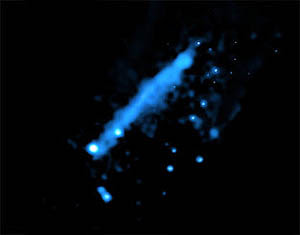 |
| Study of Crab Pulsar Deceleration | Study of Pulsar Deceleration | Study of Pulsar Deceleration |
| The study of our very own Sun has a special place in observational astrophysics. Due to the tremendous distance of all other stars, the Sun can be observed in a kind of detail unparalleled by any other star. Our understanding of our own sun serves as a guide to our understanding of other stars. |
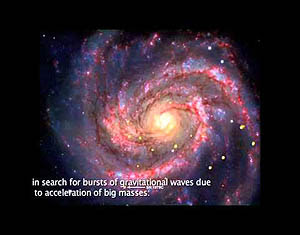 |
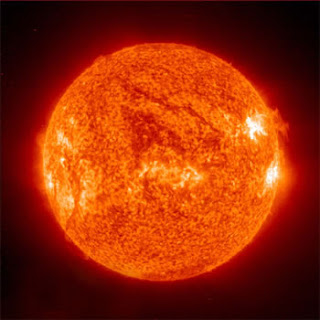 |
 |
| LIGO - The Laser Interferometer Gravitational Wave Observatory | SNO - Sudbury Neutrino Observatory of SUN | SNO - Sudbury Neutrino Observatory of Mid MOON Transit Of SUN |
| The topic of how stars change, or stellar evolution, is often modeled by placing the varieties of star types in their respective positions on the (HR)Hertzsprung-Russell diagram, which can be viewed as representing the state of a stellar object, from birth to destruction. |
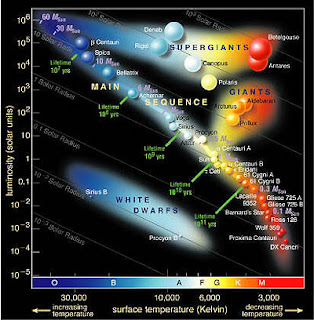 |
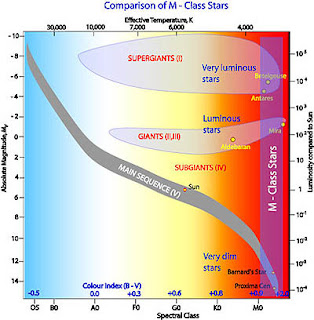 |
| HR - Hertzsprung-Russell Diagram | HR - Hertzsprung-Russell Diagram |
| The material composition of the astronomical objects can often be examined using: Spectroscopy, Radio astronomy, Neutrino astronomy |
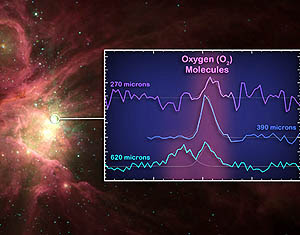 |
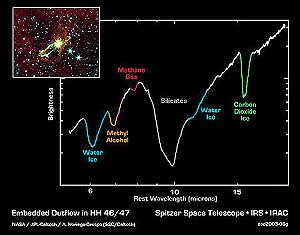 |
 |
| Spectroscopy To Determine The Composition Of COSMOS | Material Composition Of Astronomical Objects | Material Composition By Neutrino Astronomy |


No comments:
Post a Comment